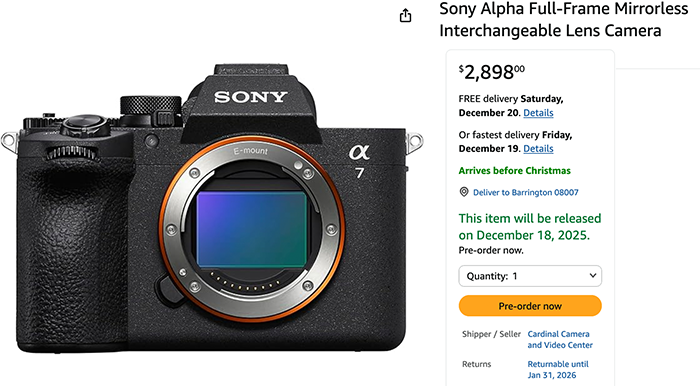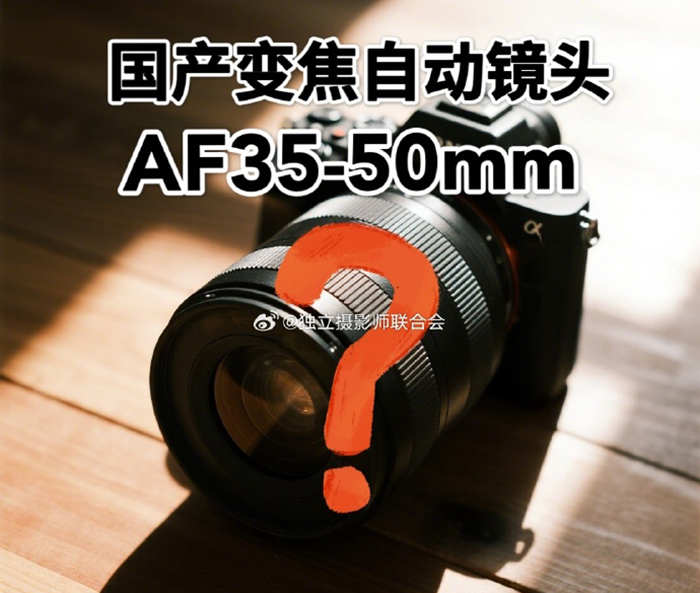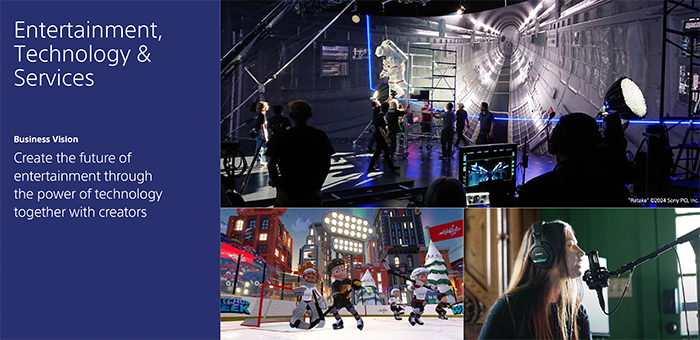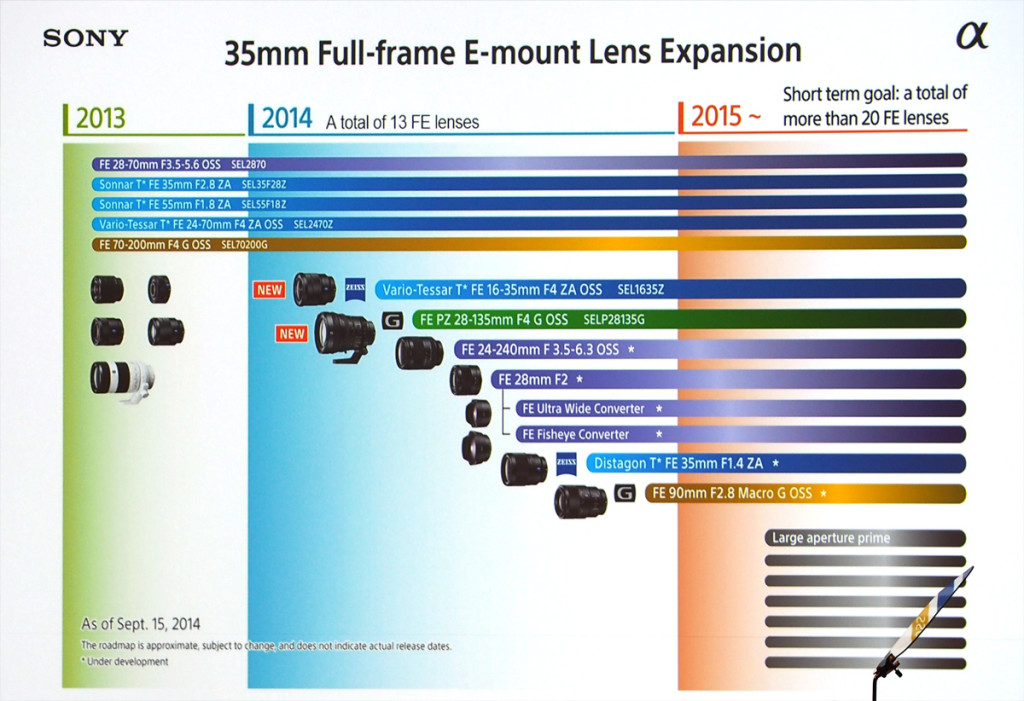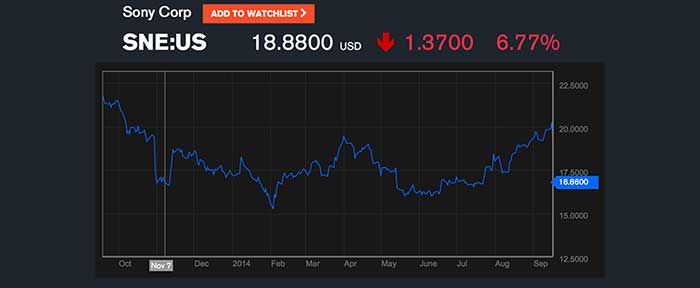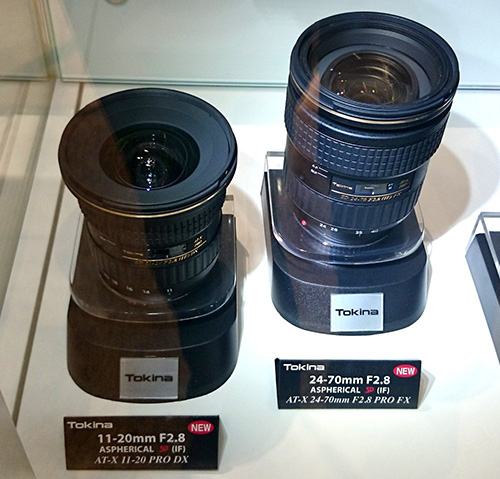
BestMirrorlessCameraReviews posted an interview with three Sony managers. And let’s start with one of the key info regarding A-mount. Mr. Aoki from Sony said:
For the moment, we cannot see mirrorless technology overtaking the translucent sensor technology. Therefore, we want to keep developing both the A mount system and the E mount system. And in Europe, thanks to the Minolta heritage, many customers own Alpha lenses and these customers still want to use their lenses on current Alpha bodies. That’s why this summer we announced the Alpha 77 MK II and we strongly believe that its performance is very good.
There is no word about future A-mount camera and lens development yet but at least we finally got an official statement from Sony about A-mount.
And here are some more key info
1) “when we launched the A7 and A7r, half of the lenses we announced yesterday hadn’t yet been decided”
2) FE lens design development take: “One year to two years. For the easier ones, it takes around one year.”
3) About curved sensor camera: “At this stage there is no product plan in the pipeline for a curved sensor. It’s maybe a long-term development so we can’t give you any more details“. SAR note: Keep ind mind two months ago Sony said mass production for a curved FF sensor is ready. SAR also spotted the patents for an RX with curved sensor. So I tink they have a product in pipeline but just want not to spill out the surprise ;)
4) “we have a 40% market share in the mirrorless segment”
5) It’s the kind of product that drives the mirrorless market: “Looking at the European market, the popular mirrorless products are always high-value cameras like the Fuji X-T1 or the Panasonic GH4 or the Olympus OM-D and our Alpha 7. All products are in the high-end segment”
6) About the A7 success story: “From a reputation point of view, very much so. It really did more than we expected. From a business point of view, because of this price point, it is of course not the kind of product that sells to millions but it is on track.”
7) Some fun: When asked about the future products Mr. Aoki answered: “You better visit SonyAlphaRumors for that!” SAR note: Suprised you know me! I am honored :)
And here is the more “serious” answer: “Our spirit keeps pushing us to challenge the market. That’s why we are developing unique products and unique features. We are not sure if our customers or the market will be excited, but at least we will challenge.”
Thanks BestMirrorlessCameraReviews!
P.S.: Gosh! Over 700 comments now on our A-mount frustration post!
New Sony stuff preorders:
Zeiss 16-35mm FE at Amazon, Adorama, BHphoto, Sony Store US.
Zeiss 16-35mm FE in Europe at Sony DE, UK, ES, IT, FR, CH, AT, NL, BE, FI, SE, NO, PT.
28-135mm powerzoom in Europe at Sony DE, UK, ES, IT, FR, CH, AT, NL, BE, FI, SE, NO, PT.
Sony FS7 4K camcorder at Adorama.
HVL-F32M Flash at Adorama, BHphoto.
HVL-F32M Flash in Europe at Sony DE, IT,
Sony RMT-VP1K Wireless Remote Commander & Receiver Kit at Adorama, BHphoto.
Sony XLR-K2M XLR Adaptor Kit (with microphone) at Adorama, BHphoto.
Sony LCS-PSC7 System Bag (Black) at BHphoto.
Loxia at BHphoto:
Zeiss Loxia 35mm f/2 Biogon T* Lens for Sony E Mount (Click here).
Zeiss Loxia 50mm f/2 Planar T* Lens for Sony E Mount (Click here)
